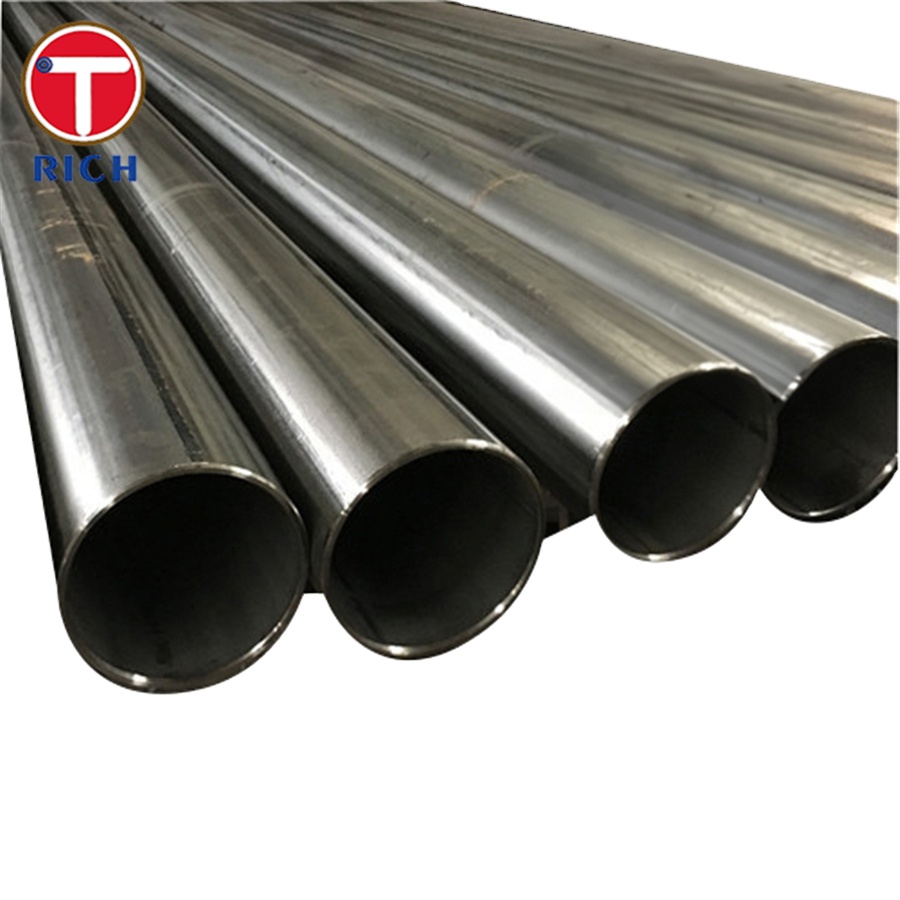
Mr. Richard SHEN
Leave a message
Mr. Richard SHEN
Leave a messageMetal tubing comes in various materials, with some of the most common being stainless steel, aluminum, copper, and carbon steel. Each metal brings unique properties that make it suitable for specific applications.
Metal tubing is not one-size-fits-all. It is manufactured in a range of shapes and sizes, including round, square, and rectangular profiles. The diversity in dimensions caters to the varied needs of industries, offering flexibility in design and application.
The manufacturing process significantly varies depending on the metal used. Processes such as seamless or welded construction, extrusion, and drawing are employed, impacting the tubing's structural integrity and surface finish. Understanding these processes is crucial for choosing the right type of tubing for specific applications.
Metal tubing is a versatile solution widely employed in diverse industries, from construction to automotive and aerospace. The four primary types of metal tubing - stainless steel, aluminum, copper, and carbon steel - each offer unique characteristics that determine their utility.
Properties: Resistant to corrosion, temperature variations, and chemicals. Applications: Commonly used in construction, automotive, and food processing industries.
Properties: Lightweight, corrosion-resistant, and an excellent conductor of heat. Applications: Widely utilized in aviation, automotive, and electrical applications.
Properties: High thermal conductivity, corrosion resistance, and malleability. Applications: Often used in plumbing, HVAC systems, and electrical wiring.
Properties: Durable, strong, and suitable for high-pressure applications. Applications: Commonly found in structural and industrial settings.
In conclusion, the diversity in metal tubing materials provides engineers and designers with a spectrum of options to meet specific requirements. Stainless steel, aluminum, copper, and carbon steel tubing cater to a wide array of applications, showcasing the importance of understanding their unique properties and manufacturing processes. Whether it's the need for corrosion resistance, lightweight design, thermal conductivity, or structural strength, the four types of metal tubing offer solutions that play pivotal roles in shaping various industries.


Privacy statement: Your privacy is very important to Us. Our company promises not to disclose your personal information to any external company with out your explicit permission.

Fill in more information so that we can get in touch with you faster
Privacy statement: Your privacy is very important to Us. Our company promises not to disclose your personal information to any external company with out your explicit permission.